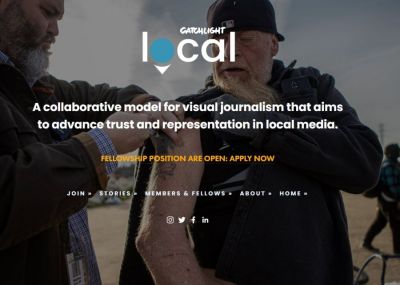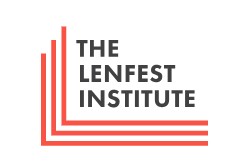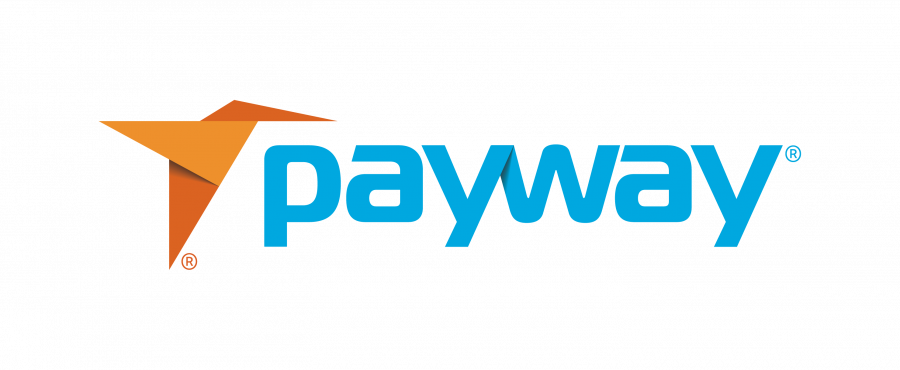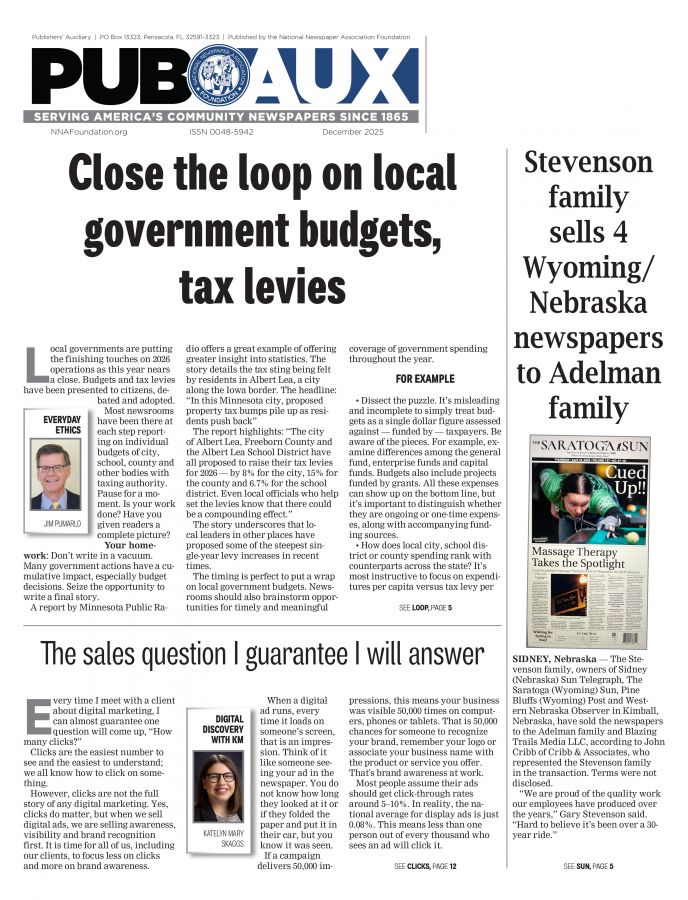Survey: Assessing the barriers to visual reporting in rural news markets
Jan 14, 2025

US-based local news outlets are invited to participate in an open survey to provide a comprehensive view of the state of visual journalism in local media
SAN FRANCISCO — News deserts, areas with limited or no access to local news sources, have given way to image deserts. According to a new report from CatchLight, a San Francisco-based visual media organization, and the Rural News Network, a project of the Institute for Nonprofit News, this is especially true in rural regions of the United States. For many of the news outlets represented in the Rural News Network, difficulty accessing remote areas is just one of the persistent challenges they face when it comes to visual reporting.
“Visual journalism is vital for the future of local news,” says Jenny Stratton, executive editor for CatchLight Local. “In rural areas, where people can feel excluded or disconnected from larger media outlets, visual storytelling can bring local issues to life in a way that preserves and reflects the nuances, daily realities, local knowledge and stories each community holds.”
Local news organizations serving rural audiences also face digital divides that may limit their readers' access to news media and contribute to less reliable internet access, making it difficult to load images or stream videos and other multimedia content. Although rural communities in the U.S. share some of the same challenges, they are by no means a monolith, and more visual journalism is needed to build more inclusive representation, close widening information gaps and prevent misinformation.
“When I think about innovation in rural journalism, I think about how journalists from Nebraska and Mississippi to West Virginia and New Hampshire are finding ways to cover the far corners of their communities,” said Emily Lytle, Innovation in Focus editor at the Reynolds Journalism Institute. “I often hear from journalists who are looking to stretch their resources and expand their ability to share visual stories because they recognize that visual journalism is one of the most powerful tools we have to amplify often-overlooked rural stories.”
Affirming Lytle’s statement, two-thirds of survey respondents reported that visuals are a high or very high priority for their newsrooms. However, few have dedicated visual staff, and even fewer have visual teams. The majority of newsrooms surveyed rely on a patchwork approach, with just 17.5% employing a full-time staff photographer or dedicated visual journalist.
To help address this prevailing issue, CatchLight launched a collaborative visual desk in California aimed at increasing access to high-quality visual journalism for community-based newsrooms. This year, the initiative expanded to serve local news outlets nationwide and is accepting new members on a rolling basis.
This survey is part of a broader effort to understand the needs of local newsrooms. The project emerged from the authors’ participation in the Institute for Nonprofit News Emerging Leaders Council, where they identified a lack of current data on the resource challenges experienced in local news outlets. The findings, while preliminary, represent the industry’s first network-wide survey focused on visual journalism in rural newsrooms.
INVITATION TO PARTICIPATE
In order to gain a comprehensive picture of the state of visual journalism in local media, CatchLight and Prism Photo Workshop are expanding the survey to local newsrooms across the United States. The deadline to participate is January 24, 2025. Results of the open survey will be published in an updated report in March 2025.
Gift card raffle: Participating news organizations that complete the survey will be entered to win a $250 gift card to your favorite local camera shop from CatchLight. Your newsroom will be twice as likely to win if you complete the survey by end of day on December 20, 2024.










